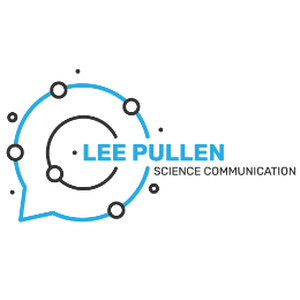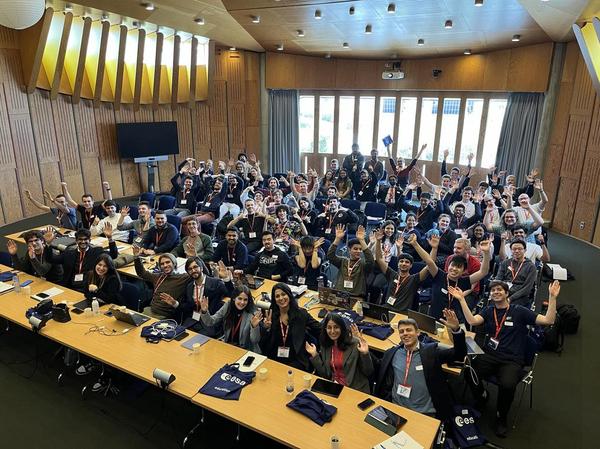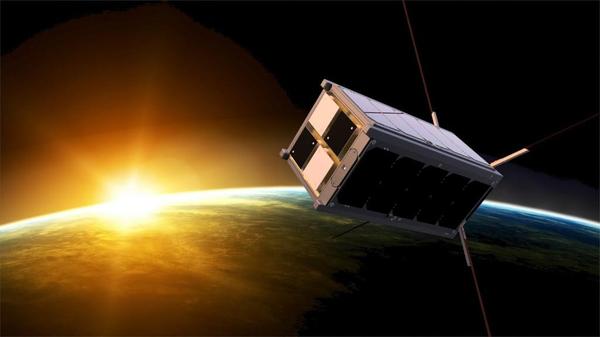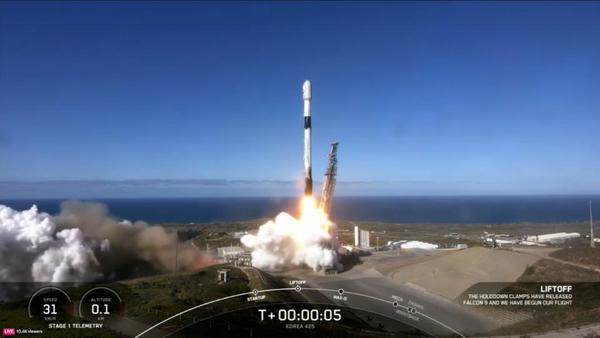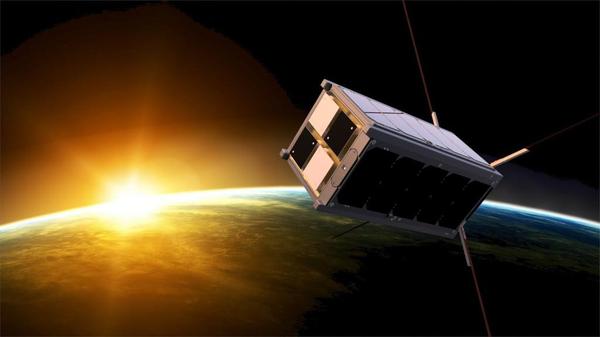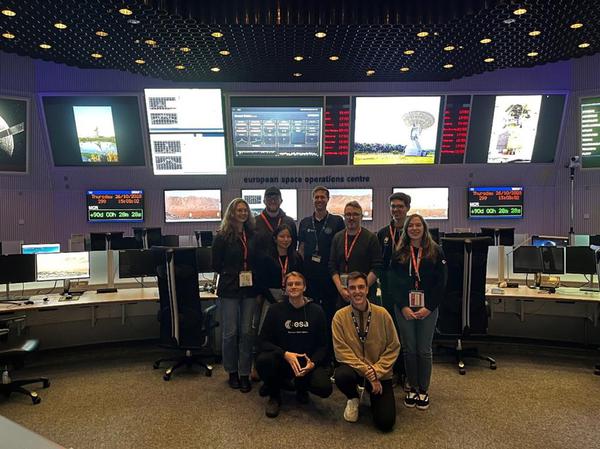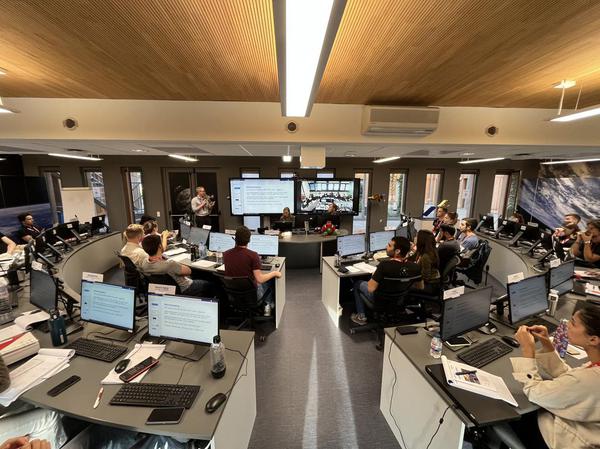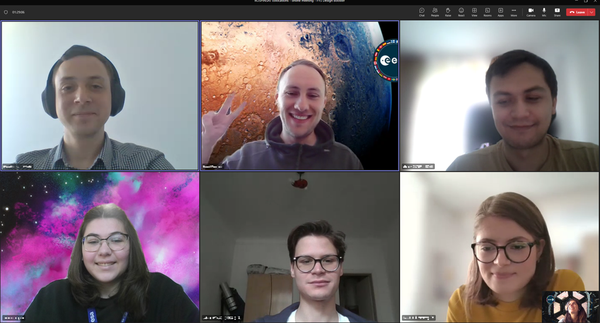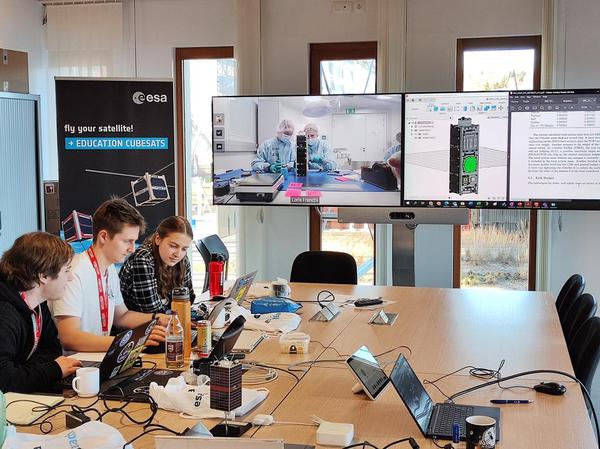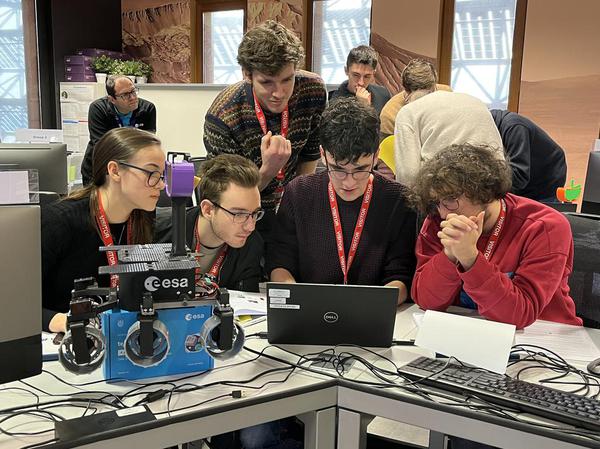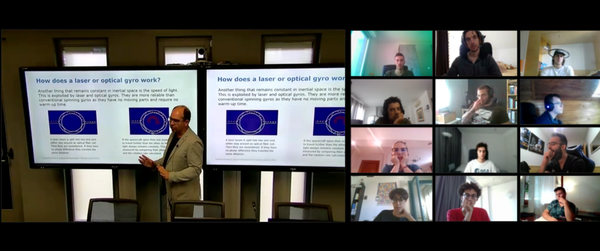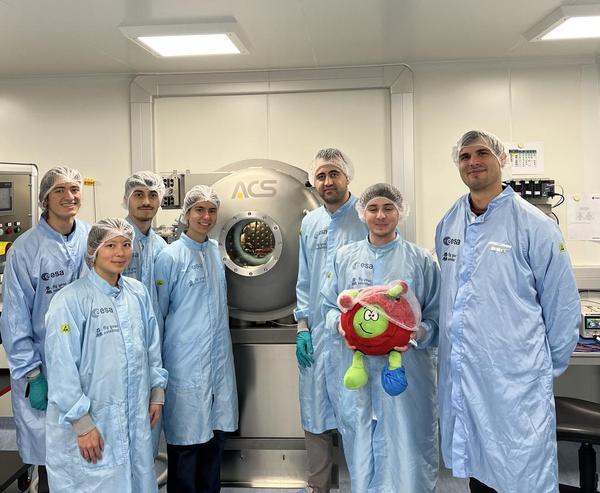
AcubeSAT team travel to ESA ESEC for intense Environmental Test Campaign
is a team participating in the third edition of , an ESA programme that supports university students to design, build, launch, and even operate their own satellites. AcubeSAT is a project, run by a multidisciplinary team of students primarily from the Aristotle University of Thessaloniki, but also with members from various Greek and European universities.
The miniature satellite aims to boost space biology research by investigating the effects of radiation and microgravity on eukaryotic cells'
The miniature satellite aims to boost space biology research by investigating the effects of radiation and microgravity on eukaryotic cells'
